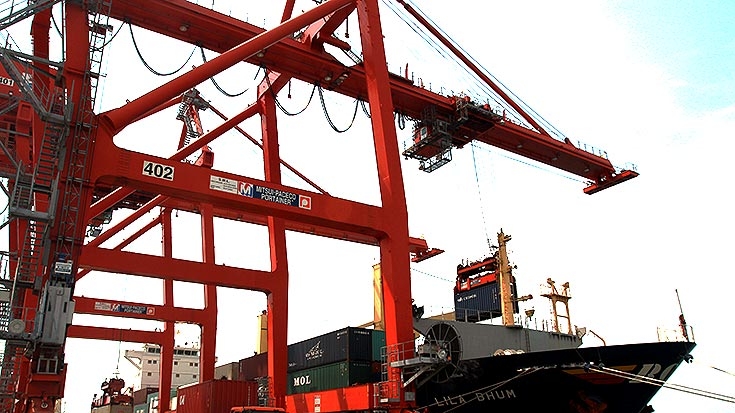December 2013 - The ASEAN Integration Monitoring Report focuses on policy and market integration outcomes achieved in ASEAN Member States as part of the Pillar One of the ASEAN Economic Community (AEC) formation process. The aim is to assess progress drawing on evidence from a large range of indicators on policies and outcomes. The report then suggests priorities for future actions for implementing the AEC 2015 goals.
KEY FINDINGS
Trends and Patterns of Merchandise Trade
- Intra-ASEAN elimination of tariff protection has been achieved completely for Singapore and Brunei.
- Low and declining most-favored-nation tariffs by ASEAN countries have contributed to low intra-ASEAN preference margins, which in turn help explain the low utilization rates of ASEAN Trade in Goods Agreement (ATIGA) preferences, especially in some member states.
- In contrast to tariff reform, there has been little progress by ASEAN Member States in the elimination of their non-tariff barriers (NTBs), despite it being an explicit AEC Blueprint goal.
- Most of the ASEAN economies impose not only NTBs on imports, but also maintain high export restrictions, both in absolute terms and in comparison to other relevant regional groupings.
- Taken together, the trends over the last seven years for various indicators point to a high degree of intra-regional merchandise trade integration within ASEAN.
- In terms of export performance, Brunei, Cambodia, Lao PDR, and Myanmar all suffer from relatively low export diversification.
Trade Facilitation and Logistics
- A strong emphasis on the facilitation of trade flows.
- The ASEAN trade facilitation agenda is not only about customs reform.
- In the area of transport, progress has been uneven.
- This overall progress in facilitating trade is reflected in key international indicators.
- Trade costs have been falling, especially for intra-regional trade.
Trends and Patterns in Services Trade and Policies
- Services are an important and growing component of the global economy, and the growth of services trade has outpaced goods trade globally and in ASEAN Member States.
- Services will become increasingly critical in the future in ASEAN countries.
- Some ASEAN countries have already become significant exporters of modern services in sectors such as professional services and information and communication technology (ICT), including business processing outsourcing (BPO), higher education, and health tourism.
- The key finding in this area is that despite recent progress in services sector development, the services sector in ASEAN economies remains relatively underdeveloped and actual implementation in services integration has been limited.
- The ASEAN countries have clearly recognized the important role that services will play in future growth and development.
Investments and the ASEAN Region
- The role of foreign investments in ASEAN global integration has grown noticeably over the past decade, even taking into account the financial crisis of 2008.
- Remarkably, intra-regional investments have taken a central role in this context.
- However, the distribution of foreign investments in the region is very uneven: three-fourths of investments are concentrated in five countries, and half in one country, Singapore.
- The fact that foreign investment in ASEAN is geared towards investment in services industries and manufacturing, which are integrated into global and regional supply chains, suggests that there are still important barriers to regional trade integration.
- In terms of investment policies, progress is needed almost at all levels, but especially in the case of restrictive foreign equity caps.
- The institutional approach of the ASEAN Comprehensive Investment Agreement (ACIA) towards liberalization of investment would also benefit from improvements.
- Less visible than restrictions on foreign equity are regulations such as performance requirements, restriction on capital movements, and movement of labor that can also severely restrict investments.
- Implementation or facilitation of investment is also very important.
- The facilitation of the investment agenda is closely related to the need to improve monitoring and transparency of policies.

